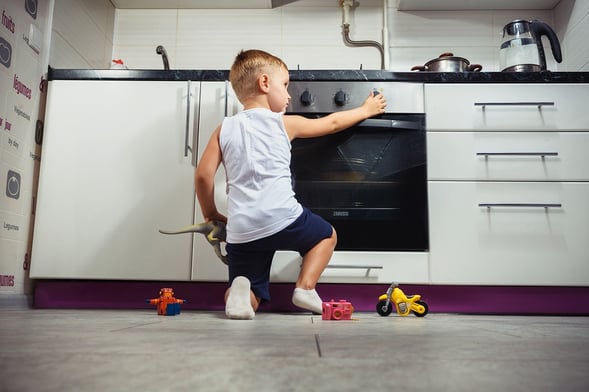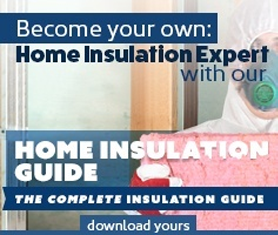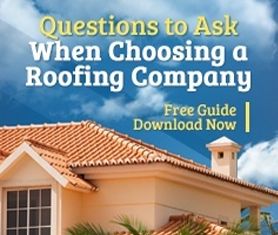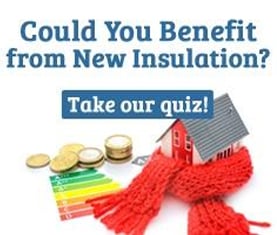
Its presence hovers near you practically every day, or at least every time you fire up your gas stove to make a stir-fry, turn on the gas stove to pop in a casserole or turn on your gas furnace to keep you warm.
Gas-burning appliances emit carbon monoxide (CO), a poisonous gas produced by the incomplete burning of carbon-based fuels. Gas-burning cars, water heaters, generators, grills and power tools also emit CO, as it is commonly known among health and safety professionals.
Your body can tolerate minute traces of CO. It will revolt when harmful levels of CO are present. More than 400 Americans die each year from CO poisoning while more than 20,000 seek emergency treatment and more than 4,000 are hospitalized, according to the Centers for Disease Control and Prevention.
Carbon monoxide cannot be seen, cannot be smelled and cannot be heard. But it can be prevented. Let the most trusted roofing company in Las Vegas inform you about the hazards and symptoms of CO poisoning, what to do if you suspect it and how to prevent it in the first place.
Know the symptoms of CO poisoning
Carbon monoxide poisoning often sneaks up on people because they often mistake the early symptoms for the flu. For this reason, CO is called a “silent killer” because it can claim lives within hours, when people never even realized they were at risk. The Mayo Clinic advises you to be alert for the encroaching signs:
-
Blurred vision
-
Chest pain
-
Confusion
-
Dizziness or lightheadedness
-
Fast or irregular heartbeat
-
Headache
-
Nausea or vomiting
-
Shortness of breath
-
Weakness
Move quickly if you suspect CO poisoning
If you know the source of the carbon monoxide, turn it off – if you can do so without endangering yourself. Then:
-
Open your windows and doors to flush the room with fresh air.
-
Leave your home, grabbing a coat first if it's cold outdoors.
-
Call the fire department.
-
Call the gas company to check the source of the CO.
-
Call 911 or take an overcome person to an emergency room.
Keep in mind that because of their smaller size, children are more susceptible to carbon monoxide poisoning than adults. But as CO deprives the blood stream of oxygen, it suffocates its victim, causing him or her to lose consciousness.
Install CO detectors
Given what you now know about carbon monoxide, you can see why health and safety officials advocate the use of carbon monoxide detectors. They may be even more critical to your safety than smoke detectors because at least you can see, smell and hear a growing fire. So be sure to:
-
Install a CO detector on every level of your home.
-
Follow the manufacturer's instructions to a T.
-
Check the batteries at least twice a year.
Take other preventive steps
While CO detectors could save your life, it would be a mistake to let them lull you into a false sense of security. Be sure to:
-
Make an appointment to have your furnace cleaned and inspected once a year.
-
Make an appointment to have your chimney cleaned and inspected once a year. Debris blockage can lead to a buildup of CO.
-
Ensure that your gas appliances are vented properly to the outdoors.
-
Never use a gas range or oven to heat your home.
-
Keep generators, gas-powered tools and the exhaust from vehicles at least 20 feet away from the windows and doors in your home.

















